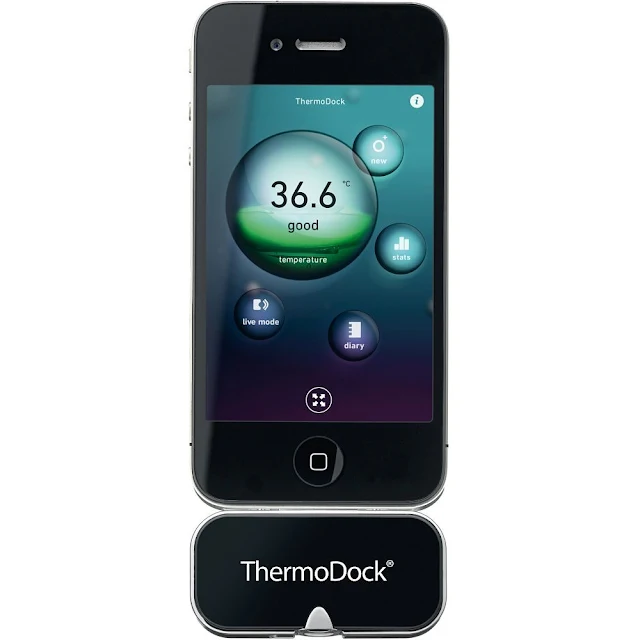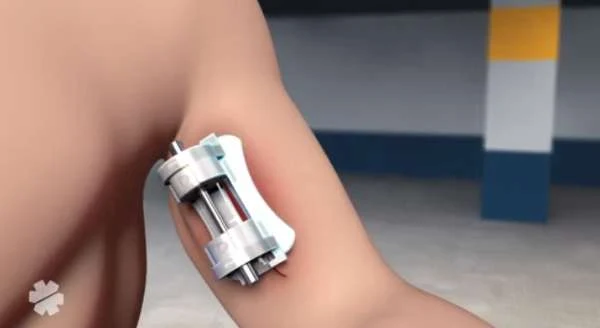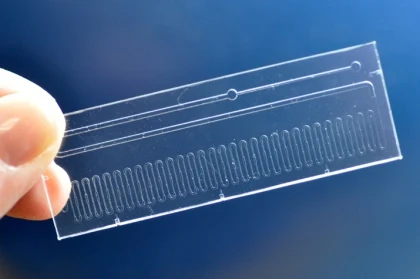5 Ways Doctors Can Use Technology to Help Patients
In the field of medicine, technology remains in a state of growth and development. The Internet and robotic technologies have allowed for long-distance surgeries. Virtual reality simulators are being used to treat patients’ phobias. And heart valves have never been more effective. The following five technologies showcase the cutting-edge of the medical field.
1. The ITClamp
Created by Canadian Naval surgeon Dr. Dennis
Filips, this device functions in a similar manner as a hair clip. After serving
in three tours of the Middle East, Flips found that many soldiers were dying
from injuries, such as in the abdomen that could not be stopped with a
tourniquet. Rather than holding back hair, this device clamps wounds and
contusions shut, stopping blood loss quickly.
2. Microfluidic Flu Chips
Researchers from Harvard, Boston University,
and Beth Israel Deacones have created a microfluidic chip designed to diagnose
the flu in a fraction of the time spent using traditional methods. This
disposable chip, which is the size of one of the microscope slides you used in
your high school biology class, is interlaid with channels for mucus to pass
through. The chip detects RNA signature proteins from the influenza A virus,
converts it to DNA, and replicates it until an external reader can detect it.
The researchers are currently developing a 2.0 version, which will provide
patients with results in under an hour.
3. Implanted Medical Devices
In the past few years, implanted medical
technologies have shrunk from silver-dollar sized pacemakers to micro machines
small enough to be swallowed in a pill or injected into our bloodstreams.
Although this is not Nano technology, engineers at Stanford are developing
implants that will be able to navigate through veins and arteries in order to
remove blood clots. As if that is not impressive enough, these tiny bots will
be powered from electromagnetic radio waves—that’s right, no wires attached.
4. iPhone and the Medisana ThermoDock
Due to their interactive features, universal Internet access, and array of apps, the iPhone and iPad have been used in health information technology for several years. Now doctors can take temperatures from a distance using infrared technology that plugs into their iPhones. It functions like a point-and-shoot camera, and will replace the old fashioned, thermometer approach.
5. Artificial Skin
Wound management specialists are using
technology to extract collagen, a fundamental skin protein, from donated skin.
They then grow grafts of collagen, which they place over wounds of burn
victims, soldiers, and diabetics. The body grows skin tissue around the
collagen, which allows patients to recover from wounds that would otherwise
require amputation.
The promise that emerging technologies provide
for the future exist as a constant source of inspiration and hope. The ways
that medical technology has shaped the world in the past 50 years serves as an
example of what we can expect in the future: longer lives, less disease, and
faster healing for many injuries. For a cutting edge career in the medical
industry, consider a health care degree like practical nursing
or medial assisting to get you started.
Author Bio:
Sandra Mills is a freelance writer. She is
fascinated by emerging technology and spends her free time writing and studying
technology ideas that have become realties.

















